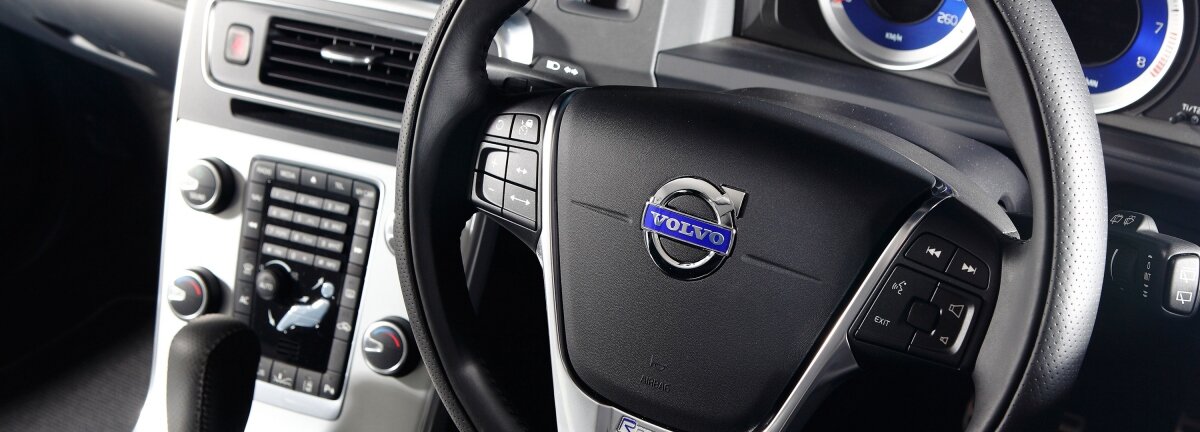The impact of brand-led design

Andy Payne from global brand consultancy Interbrand, discusses why brand-led design is about more than creating an effective design – it's about adding brand and business value.
We are aware of design all around us, from the chairs we sit on and the phones in our pockets, to the cars we drive and even the welcome that we are (sometimes) given in a hotel. However, it's the branded element to that product, service or experience that makes its design recognisable and attributable. Not every mobile is an iPhone, not every coat is a Burberry Trench, not every coffee is a Starbucks and not every car is a Volvo. Each of these relies on far more than just a logo for their recognition. Their shape, form and function have been designed with their specific brand in mind.
The better the design, the more it serves to reinforce the brand, meaning the bigger your share of the market
To explore this in more detail, our team at Interbrand have started looking at the extent to which consumers value brand-led design and in turn, how this translates into brand and business value.
One of the most important ways that brands create financial value is through their influence on the purchase decision. Strong brands encourage trial and, through the brand experience, engender loyalty and repeat purchase. Our brand valuation methodology captures the influence of brand on choice through our ‘Role of Brand’ analysis, which quantifies this influence using market research and statistic modelling techniques
We also use a similar technique to focus on the impact of design on consumer choice for a client in the mobile and smartphones market. Through our research we found that design-related purchase criteria made up 30% of the total decision to purchase the handset. The study also showed that improvements in design could generate up to a 13% increase in likelihood to purchase (all other factors being equal). To put this into context, over 1.8bn mobile handsets were sold worldwide last year. The better the design, the more it serves to reinforce the brand, meaning the bigger your share of the market, the bigger your business and the more valuable, ultimately, your brand.
Without a brand influencing the design, it risks straying to the functional or the inconsistent
In the same vein, it seems to state that bad design can ladder up negatively to the overall brand. Without a brand influencing the design, it risks straying to the functional or the inconsistent. Similarly, this applies to a brand tampering with its prized design equity. For example, Tropicana’s decision in 2009 to remove the beloved and widely-recognised equity of an orange with a straw in it from their packaging resulted in a 19% drop in market share for the brand. After just one month on the shelves, the old packaging was re-introduced, as customers struggled to navigate through products and rallied against the modifications to their beloved brand. This example shows the importance and the impact of design. The economic design value, previously established and appreciated by the audience and strongly associated with the product, was lost in transition.
Take the obvious, but all-round exemplary example of Apple, whose innovative, flawless and intuitive design is undoubtedly led by its core brand values. The unmistakeable design is recognised the world over; the brand is truly brought to life through design. Indeed, the brand in this instance is design. The same applies to other less obvious contenders too, as more and more businesses understand its pivotal importance. GSK has stated publicly that they are looking to push design across their portfolio of brands from a function of marketing to a strategic lever and enabler for the business across multiple touchpoints.
Brand-led design is fundamental to brand value. The common thread throughout this perception of design and brand is that a strengthened and harmonious interweaving of the two and subsequent seat at the heart of a business results in higher overall economic value. Understanding and acting upon this is crucial to forging the desired association of design with a particular brand and of a particular brand with a design.
Subscribe to our newsletter
Want to keep up with the latest from the Design Council?
